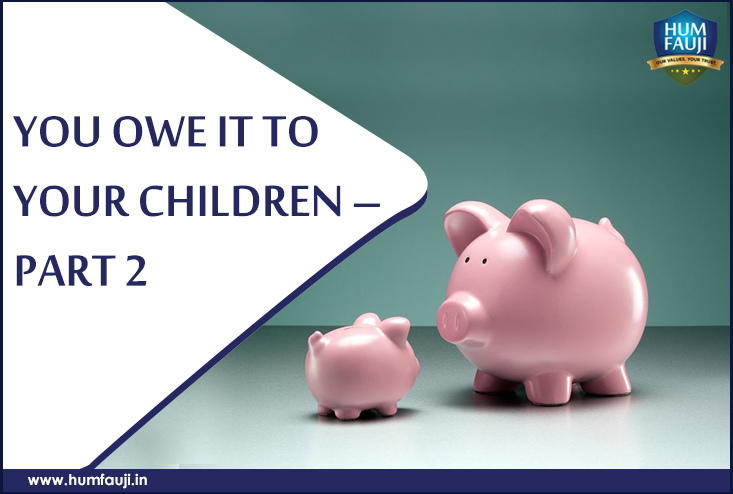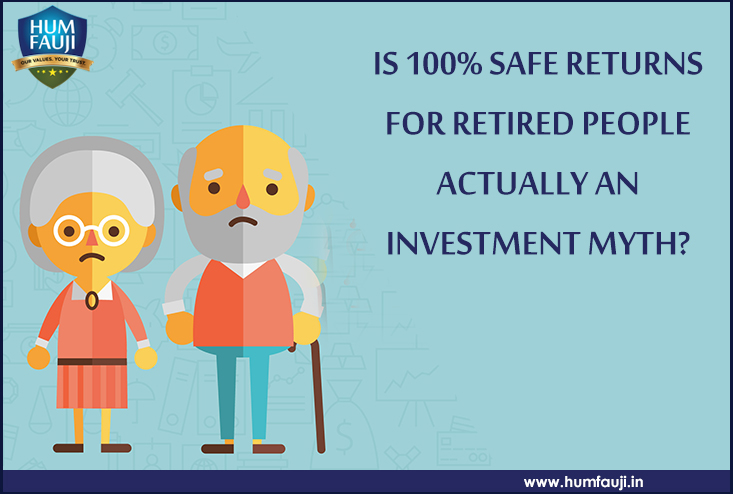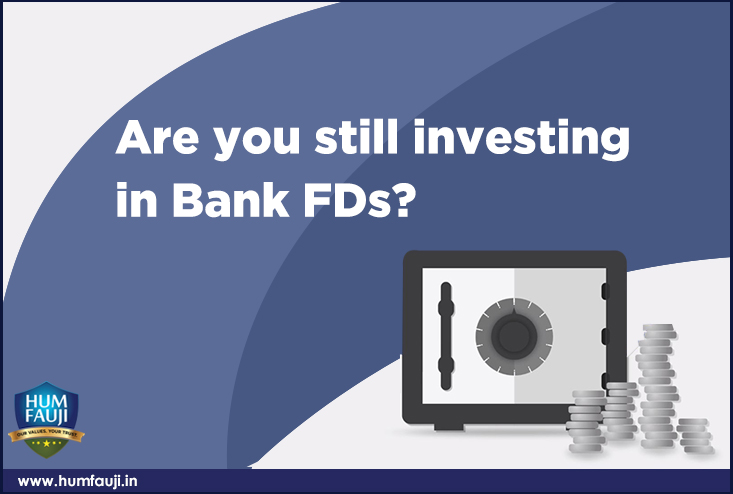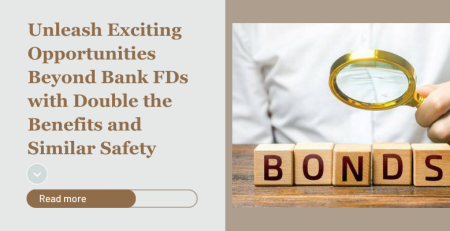In Part-1 of this article, posted 4 days back, we had dealt with planning for the children for the long term wherein general strategy and points to be kept in mind had been discussed.
As already brought out, one needs to start saving as early as possible. This has four huge advantages – you only need to save a small amount regularly, you are able to ride out the periodic ups and downs easily as there is enough time-cushion available, mid-course corrections can be easily implemented and most importantly, power of compounding works for you in an astonishing manner.
Having understood this, the most important question that faces you is how and where to invest? When the parents think about the child’s future, the primary thoughts are about their education and marriage. Most parents are aware of how expensive higher education has become today and compounded by Inflation, it would be out of reach of many if not meticulously planned for. This is the primary reason that most of them want to start saving so as to create enough resources to give their children dream education. This may even include higher education abroad. In this article, we will deal with these aspects specific to your child, taking age-wise scenarios.
Characteristics of Various Investment Products
There are a bewildering variety of products available in the market, each one of them catering for a specific need which should be carefully understood. If we use a good product for something it is not meant for, it is bound to fail us – you cannot use a gun to kill a fly or a butter-knife to cut wood! The products that can be used for planning for your child along with their general characteristics are as below:-
- Life Insurance – As the name suggests, it is meant for insuring life and not for saving. Generally, traditional policies, like money-back and endowment plans, give you returns in the range of only 6-7% per annum which is much less than inflation itself. One should not expect it to create wealth for you in the long-term. Unit Linked Insurance Plans (ULIPs) can be equity market-linked but their high upfront loading combined with barriers in switching out if they do not perform, make them unsuitable compared to other products for meeting long-term goals. ULIPs would give you decent returns only after about 6-7 years of continuous investment.
- Debt Products – These fixed-return products like Bank FDs, Recurring Deposits of Banks and Companies, Provident Funds (PPF, DSOPF, EPF etc), Bonds and Debt Mutual Funds, generally give you returns equal to inflation. This implies that it is likely to fare better than Life Insurance, but will only preserve your capital. Eg, if PF rate is 8.6% pa today, the inflation is also on the same lines. Your Rs 100 in these instruments will become Rs 108.60 next year, but then price of everything will also increase to that amount next year. Thus, the purchasing power of your money in these instruments has practically remained the same! However, the safety and security of capital provided by these instruments is a big plus. Therefore, some amount of your savings for the child should go into such safe instruments too.
- Gold – While Gold has had an unusually good run in the near past, it has largely been due to the unstable economic conditions in large parts of the developed world, which may or may not be sustained in future. Traditionally, Gold has at the same rate as inflation in India and thus, is considered a long-term hedge against inflation rather than a wealth builder. Also, to look at it as something which will fund a child’s education or marriage may not turn out to be so since normally Gold in Indian households does not get sold to fund goals except marriage!
- Real Estate – Real estate has the potential to give good long-term returns provided a good property is identified well in advance. This can be tricky but plenty of success stories abound. However, own Home and a second property to provide good rentals to take care of your Retirement Planning take priority while using this route to plan for your goals. The bulk investments required in real-estate may also be a deterrent and not be very conducive to using your small monthly savings. There is sometimes a tendency to concentrate all resources in this asset class, which is not a good long-term strategy and can bounce back.
- Equity-Linked Products – It is a well-known fact that Equities (ie, stocks or shares) and equity-linked products like Equity Mutual Funds (MF) outperform all other asset classes over the long term. If you lack the expertise to invest in equities directly and/or find yourself unable to follow the turbulence of stock markets and take timely corrective actions like exit/ additional purchase/ rebalancing, take the MF route. MFs are one of the best regulated instruments in the market today, they don’t need your day-to-day involvement, offer excellent long-term returns, are very liquid and lend themselves to small regular contributions. Maximise your exposure to such instruments for achieving the education and marriage goals of your children and keep putting the excess away in them as your income increases. However, remember that you should be comfortable with the short-term volatility of such equity-linked products before you take this step.
Prescription for your Child as per the Age Bracket
The first and foremost requirement remains taking an adequate Term Insurance Cover for yourself so that your child’s future remains safe – with or without you around. The future insurance need has to be carefully calculated in terms of amount and time-period and insurance cover already taken to be subtracted from it. Remember that the tendency to look for ‘returns’ or ‘money-back’ from an insurance policy is self-defeating – you do not expect money-back from your car insurance, then why from your life-policy? Such ‘returns’ only make it unacceptably expensive.
Child 0 to 6 Years: There is plenty of time available for saving for your child and is, in fact, the ideal time to start. Nothing will work as well as Equity-linked products here. While debt products will provide safe option, you will not be able to meet the goals as comfortably or surely by investing only in them. Depending on your risk-taking capability, you should take a mix of the two in a ratio of anything from 0:100 to 40:60 for debt:equity products to reach your goals.
Child 6+ to 12 Years: Whatever is true for above age bracket holds true here too, the only difference being that goals are closer now. The debt:equity ratio essentially remains the same. Rebalancing and constant monitoring of the equity-linked products continues to be very important here too to create the required wealth. Adequate Term Insurance, if not already taken, remains a necessity.
Child 12+ to 18 Years: Now the education goal could be very close, maybe less than 3 years away for Graduation. There is a need to consolidate and preserve the gains made in equity / equity-linked MFs now. Hence, the money earmarked for Graduation studies’ goal should be moved gradually to debt products while that for the Post-Graduation and marriage goals should continue to grow in the equity / equity-linked MFs.
Child 18+ to Pre-Earning Years: The Post-Graduation goal could also be coming closer and the money earmarked thereon should be moved to safer avenues. Marriage expenses may continue to be invested in equity-linked products if there is still adequate time available – at least more than 3 years.
Earning Child: The child should start taking the burden of his/her future expenses now, including higher studies. Since the age is young with plenty of earning years to go, the investments should primarily be in equity-related products except for some debt products like PPF, where safe tax-free returns build up gradually and counter the volatility of equity products to some extent. Systematic Investment Plans (SIPs) in equity-diversified MFs would work the best here. The child should be encouraged to start his own investments now.
The End-piece
A child brings a lot of joy and happiness to the family. But with this also comes the realization of responsibility of parents towards them. A lot of dreams emerge with the child being the centre of those dreams. From here originates the need to create a financial base that would ensure the future of the child in all respects. It is essential that investing decisions are taken with due deliberation – seeking professional help would benefit you far more than it would cost you in the long-term. Investing portfolio for the child should be diversified to accommodate the positive points of each asset-class as also to de-risk it. Equally important is its periodic review and rebalancing. Remember, there are no automatic ‘fire-and-forget’ solutions and nothing but the best should accrue to your child!!
—
With regards,
Col (retd) Sanjeev Govila, CERTIFIED FINANCIAL PLANNERCM,
CEO, Hum Fauji Initiatives,
Your long-term partner for wealth creation
For more information, feel free to reach us on, contactus@humfauji.in or call + 011 – 4240 2032, 40545977, 49036836 or,
Subscribe to our blog for regular financial updates or follow us on | Facebook | Twitter | Linkedin














Leave a Reply